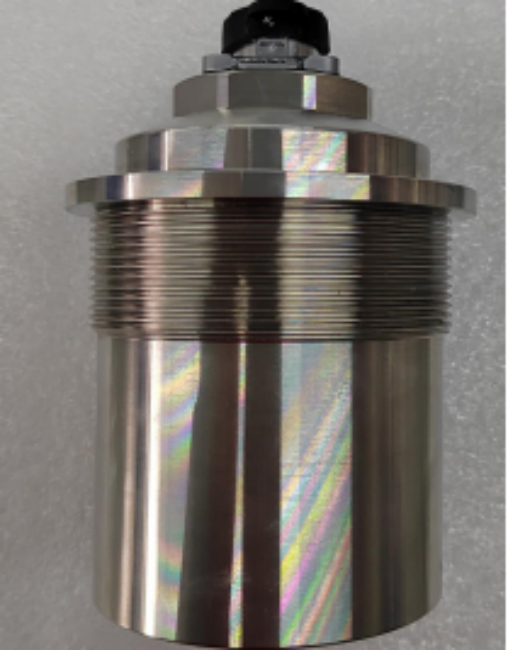Views: 0 Author: Site Editor Publish Time: 2024-05-27 Origin: Site









In the world of wind speed sensing, the Ultrasonic Proximity Transducer has emerged as a reliable and efficient tool for measuring wind speeds with precision. This article delves into the inner workings of this innovative technology, exploring how Ultrasonic Proximity Transducers function to accurately detect wind speeds. From the installation process to calibration methods, readers will gain valuable insights into how to effectively set up and optimize these sensors for maximum accuracy. Additionally, this article will discuss the various applications of Ultrasonic Proximity Transducers in different industries and highlight the potential future developments that could further enhance their capabilities. Stay tuned to discover the exciting possibilities that Ultrasonic Proximity Transducers bring to the world of wind speed sensing.
An ultrasonic proximity transducer is a device that uses sound waves to detect the presence of objects in its vicinity. It works by emitting high-frequency sound waves that bounce off objects and return to the transducer. By measuring the time it takes for the sound waves to return, the transducer can determine the distance between itself and the object.
One of the key components of an ultrasonic proximity transducer is the transducer itself, which converts electrical energy into sound waves and vice versa. These sound waves are typically inaudible to the human ear, with frequencies above 20 kHz. The transducer is usually made of piezoelectric materials, which can generate sound waves when subjected to an electric field.
Another important component of an ultrasonic proximity transducer is the receiver, which detects the sound waves that bounce back from objects. The receiver then converts these sound waves back into electrical signals, which can be processed to determine the distance to the object.
When it comes to the installation and calibration process of an Ultrasonic Proximity Transducer, there are a few key steps to keep in mind. First and foremost, it is important to carefully read and follow the manufacturer's instructions to ensure proper installation. This includes mounting the transducer in the correct location and orientation to maximize performance.
Once the transducer is securely installed, the calibration process can begin. This involves adjusting the settings to ensure accurate and reliable measurements. It is important to follow the recommended calibration procedures provided by the manufacturer to achieve optimal results.
During calibration, it is crucial to pay attention to factors such as temperature, humidity, and background noise, as these can impact the performance of the transducer. Regular maintenance and calibration checks are also recommended to ensure continued accuracy over time.
As technology continues to advance, applications and future developments in various industries are being driven by innovations such as the Ultrasonic Proximity Transducer. This cutting-edge technology has revolutionized the way proximity sensing is utilized in different fields, from automotive to healthcare.
One of the key advantages of the Ultrasonic Proximity Transducer is its ability to accurately detect objects at close range using ultrasonic waves. This feature has opened up new possibilities for improving safety in autonomous vehicles, where precise object detection is crucial for avoiding accidents. In the healthcare sector, this technology is being utilized for non-invasive medical imaging, allowing for more accurate diagnoses and treatment plans.
Looking ahead, the future developments of Ultrasonic Proximity Transducer are promising. Researchers are exploring ways to enhance its sensitivity and range, making it even more versatile for various applications. With ongoing advancements in materials science and signal processing, the potential for this technology to revolutionize industries such as robotics, industrial automation, and security systems is immense.
Ultrasonic proximity transducers are highlighted as a versatile and reliable technology used in various applications, such as automotive parking sensors and industrial automation systems. The article emphasizes the importance of understanding how these transducers work to drive innovation and improvement in the technology. Proper installation and calibration following manufacturer guidelines are crucial for reliable performance and accurate measurements. The article concludes by stating that ultrasonic proximity transducers are a game-changing technology with promising applications for enhancing safety, efficiency, and innovation in multiple industries. Researchers are expected to continue pushing boundaries and developing exciting advancements in ultrasonic technology in the future.
Products | About Us | News | Markets and Applications | FAQ | Contact Us